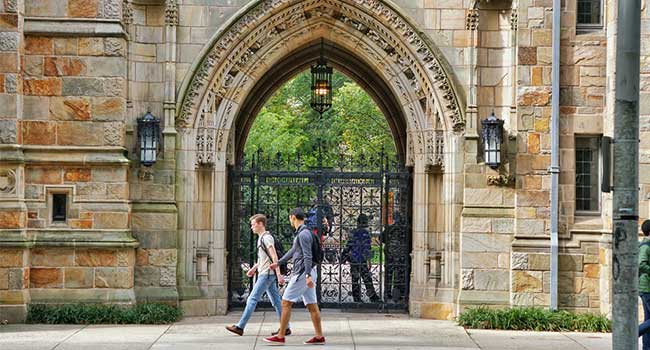
2018 Review: A Look Back at Campus Security Trends
Campus Security & Life Safety takes a look back at the trending security measures on campuses in 2018.
- By Jessica Davis, Sydny Shepard
- December 26, 2018
Campus security was at the forefront of many peoples’ minds in 2018, from concerned parents to legislators to those in the industry working to secure schools for students and staff. As those of us at Campus Security & Life Safety looked back on the year in news, we noticed some trends in the technological upgrades implemented on education, healthcare and corporate campuses.
Many of these security updates, it should be noted, were possible due to increased funding. Schools in particular benefited from grants this year, especially after the Department of Justice allocated $70 million in fundsas part of the Students, Teachers, and Officers Preventing (STOP) School Violence Act.
Whether funded by grants, bonds or other means, 2018 saw many campuses across the country install or implement new security measures, including visitor management systems, campus safety apps and access control and security vestibules. We’ve collected some Campus Security & Life Safety coverage on those trends below.
Visitor Management Systems
One of the most implemented security measures on campuses in 2018 was visitor management systems. Not only were these systems employed at K-12 schools across the country, they were also used at medical facilitiesand hospitals. In most cases, the visitor management systems were part of a larger overhaul of security on a campus, sometimes following a violent incident, for instance in New Jersey, several schools saw an increase in both visitor management and physical security measures such as door locks and video surveillance. It is safe to say that many schools in 2018 understood that securing a facilitystarts with understanding who is coming and going from your campus.
Campus Safety Apps
Many campuses began offering or using safety-related apps this year. Most of the smartphone apps fell into one of two categories: either a safety resourcefor one particular campus—like the University of Chicagoor the University of Washington—or an app that allows students, faculty and/or parents to anonymouslyreportthreats. The first category was mostly seen on college campuses and included some kind of “safe walk”feature to let users opt into location tracking in case something happened on their way home. Anonymous reporting apps can also help combat bullying, like the online anti-bullying reportingtool introduced by the Spring Independent School District.
Access Control and Security Vestibules
On theme with some of the other most used security measures of 2018 is access control measures. Many of the schools that received grant moneyto increase security started with securing the perimeters of the campus, including constructing security vestibulesthat lessened the amount of entry points and created a safe spacefor visitors to “check in” before accessing the main school building. Other schools used the money to implement smart identification cards, or fingerprint sensors, that can be read by scanners at entrances, permitting access to certain parts of the campus. At Stanford, this technology already existed, but administration and security personnel thought it best to update the solution to increase the encryption between card and reader.
These are just a few of the security measures we saw trending in 2018. What security measures did you see an abundance of this year?